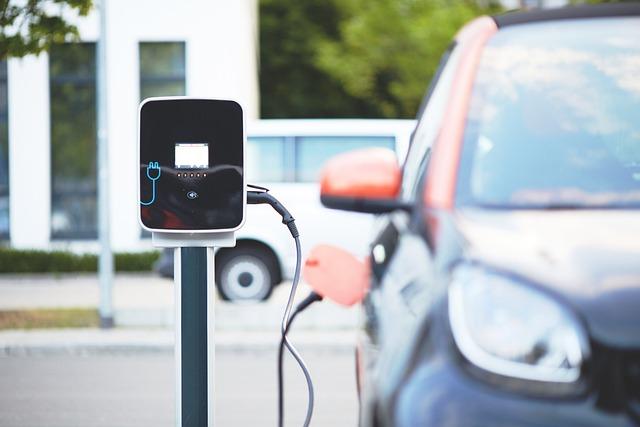Imagine this: you’re all set for an important trip, you turn the key, and instead of the reassuring hum of your engine, silence greets you. A dead car battery can be both puzzling and frustrating, especially when you’re sure it was fine the last time you drove. So, why is your car battery not charging? Understanding the reasons behind this common issue can save you time, money, and stress. In this article, we’ll explore the hidden causes, from simple electrical hiccups to deeper mechanical faults, helping you get back on the road with confidence.
Table of Contents
- Understanding the Basics of Car Battery Charging
- Common Signs Your Battery Is Not Charging Properly
- Exploring the Role of the Alternator in Battery Health
- Diagnosing Wiring and Connection Issues Affecting Charging
- Impact of Extreme Weather on Battery Performance
- Practical Steps to Restore Proper Charging Functionality
- Q&A
- Concluding Remarks
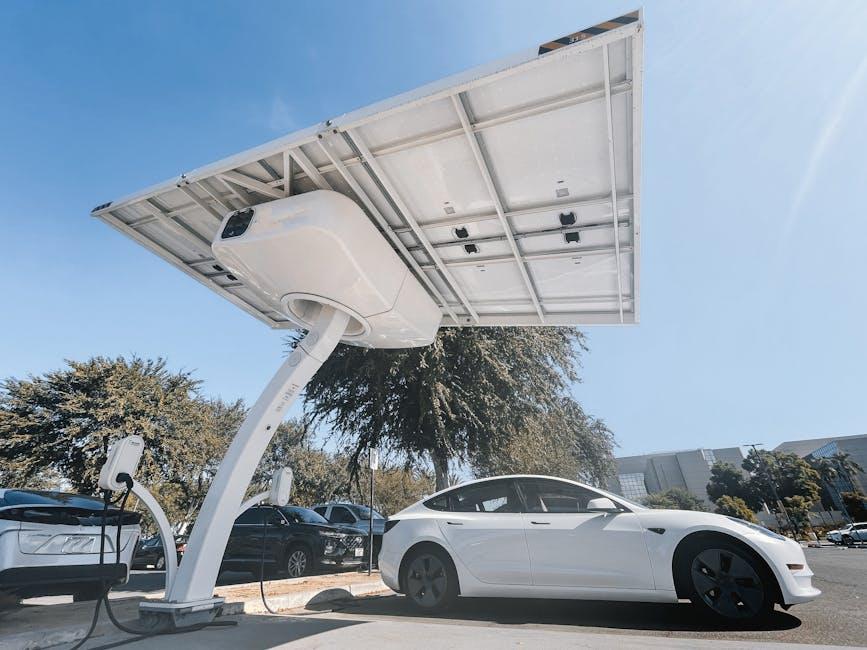
Understanding the Basics of Car Battery Charging
Car batteries are the heart of your vehicle’s electrical system, supplying the necessary power to start the engine and run essential electronics. When the battery fails to charge properly, it can stem from several underlying causes. At its core, the charging process depends on the alternator converting mechanical energy into electrical energy to replenish the battery’s voltage. If this process is interrupted, the battery will slowly drain and eventually lose power.
Several factors can interfere with effective battery charging, including:
- Faulty alternator: A worn-out or damaged alternator cannot produce sufficient electrical output.
- Loose or corroded connections: Poor connections reduce the flow of electricity between the battery and charging system.
- Damaged battery cells: Internal battery damage limits its ability to hold a charge.
- Electrical system issues: Malfunctions in voltage regulators or wiring may disrupt charging.
| Component | Role in Charging | Common Issues |
|---|---|---|
| Alternator | Converts engine power to electrical energy | Worn bearings, diode failure |
| Battery | Stores electrical charge for vehicle start-up | Sulfation, dead cells |
| Wiring & Connections | Transfers electrical current | Corrosion, loose terminals |
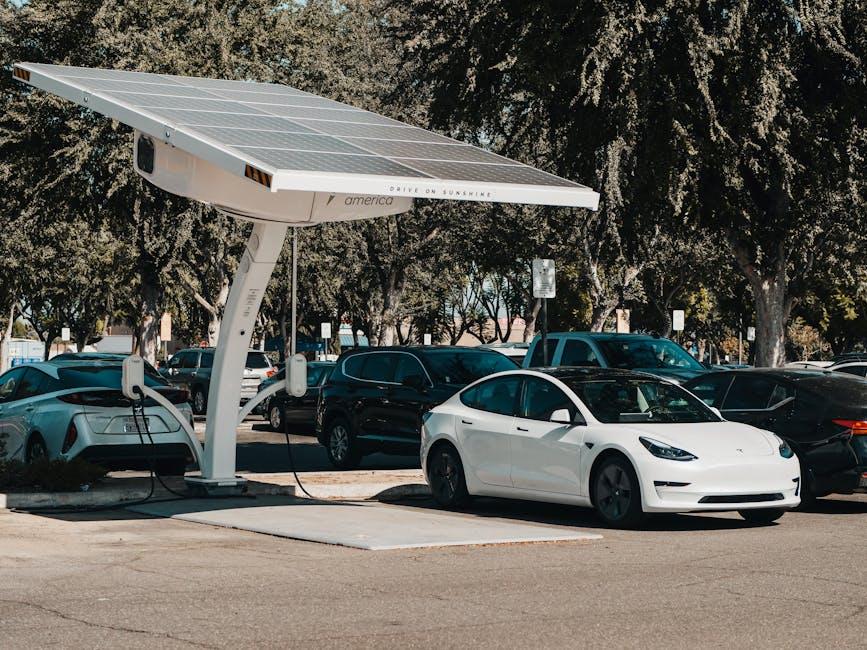
Common Signs Your Battery Is Not Charging Properly
When your car battery struggles to hold a charge, it often manifests through subtle yet unmistakable signals. You might notice your dashboard lights dimming or flickering when the engine is idling, or perhaps the headlights lose their usual brightness. Another common symptom is the slow or hesitant engine crank during startup, which can leave you stranded if ignored. Additionally, frequent jump-starts, odd electrical behaviors like malfunctioning power windows or radio, and warning lights on your dashboard—especially the battery or alternator indicator—are clear hints that your battery isn’t receiving or storing power effectively.
Recognizing these signs early can save you from inconvenient breakdowns and costly repairs. Here’s a quick checklist to keep an eye on:
- Dim or flickering lights when idling
- Slow engine cranking or reluctance to start
- Electrical accessories acting erratically
- Frequent jump-starts needed
- Warning lights flashing on the dashboard
| Symptom | What It Indicates |
|---|---|
| Dim headlights | Weak battery charge or alternator issues |
| Slow engine start | Battery unable to supply sufficient power |
| Battery warning light | Charging system malfunction |
| Electrical glitches | Voltage fluctuations inside the vehicle |
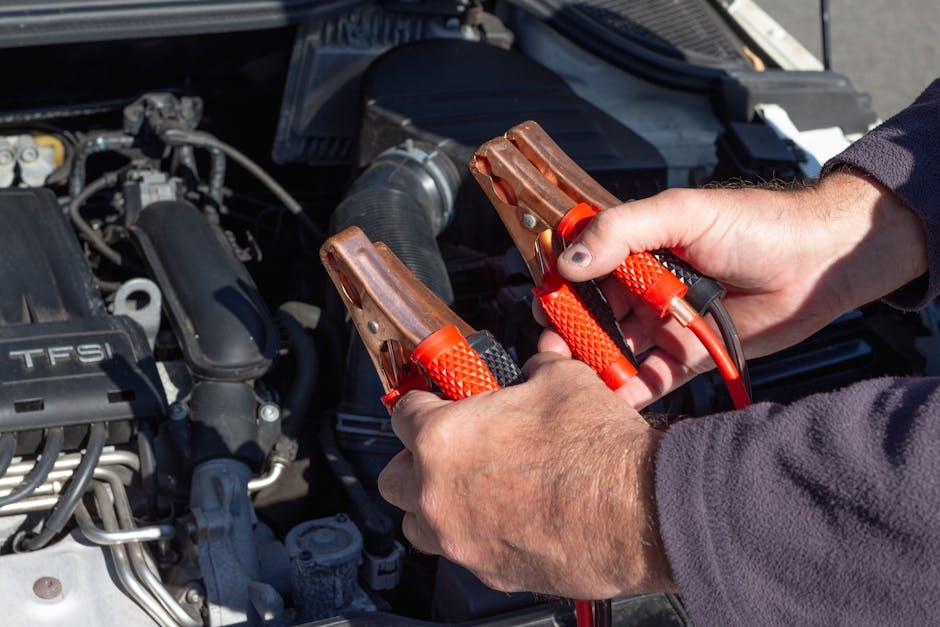
Exploring the Role of the Alternator in Battery Health
The alternator functions as the heart of your vehicle’s electrical system, converting mechanical energy from the engine into electrical power to recharge the battery and run other electronics. When it fails or underperforms, the battery steadily loses charge, leaving you stranded unexpectedly. A malfunctioning alternator can stem from worn brushes, a slipped belt, or internal diode issues, all of which reduce the output voltage below what the battery requires.
Key indicators of alternator troubles include:
- Dimming headlights or flickering dashboard lights
- A whining or growling noise from the engine bay
- Frequent battery warning light illumination on your dashboard
- Electrical accessories struggling to perform consistently
| Alternator Issue | Impact on Battery Health |
|---|---|
| Loose Belt | Decreased charging efficiency |
| Faulty Diodes | Battery discharge leaks |
| Worn Brushes | Intermittent charging |
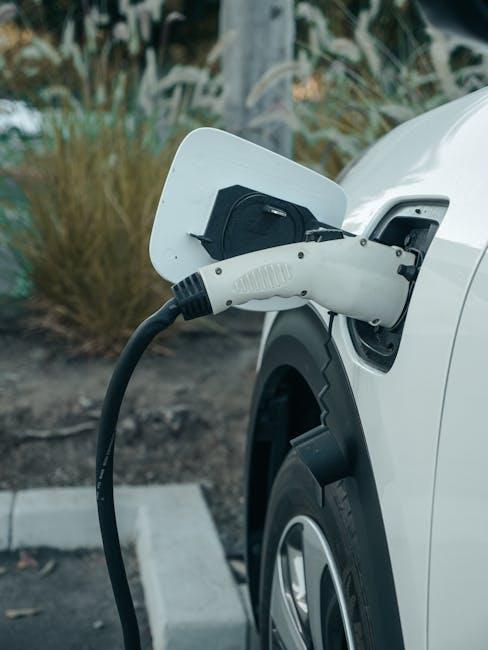
Diagnosing Wiring and Connection Issues Affecting Charging
When your car battery refuses to charge properly, one of the first suspects to consider is the state of the wiring and connections. Over time, wires can become corroded, frayed, or loose, disrupting the crucial flow of electricity needed to rejuvenate the battery. A visual inspection can reveal telltale signs like greenish corrosion buildup, worn insulation, or disconnected terminals. Using a multimeter to test continuity ensures that currents aren’t interrupted, so even subtle faults don’t get overlooked.
Additionally, pay close attention to the battery terminals and grounding cables, as a weak or broken ground connection can mimic a dead battery scenario. Here’s a quick checklist to verify wiring health:
- Check for corrosion or rust on terminals and connectors
- Ensure cable clamps are tight and secure
- Test cable insulation for cracks or damage
- Confirm strong and clean grounding connection to the chassis
| Common Wiring Issue | Symptom | Quick Fix |
|---|---|---|
| Corroded terminals | Battery won’t charge, voltage drop | Clean terminals with baking soda paste |
| Loose connections | Intermittent charging, flickering dashboard lights | Tighten cable clamps securely |
| Damaged insulation | Short circuits, blown fuses | Replace or repair wiring harness |
| Faulty ground cable | Engine won’t start, weak charge | Clean and tighten ground strap |

Impact of Extreme Weather on Battery Performance
Extreme temperatures, whether searing heat or biting cold, can significantly disrupt your car battery’s ability to hold and accept a charge. In hot climates, the battery fluid can evaporate, causing internal damage and reducing its capacity. Conversely, freezing weather slows down the chemical reactions inside the battery, making it harder to generate the necessary power to start your vehicle. Continuous exposure to such harsh conditions can accelerate battery wear, resulting in diminished performance or complete failure.
Several factors linked to extreme weather contribute to charging issues:
- Accelerated corrosion: Heat and moisture increase corrosion on battery terminals, hindering electrical flow.
- Reduced electrolyte efficiency: Cold temperatures cause electrolyte thickening, limiting ion movement.
- Strain on alternator: The alternator may struggle to keep up when the battery’s efficiency drops due to temperature stress.
| Temperature | Battery Impact | Common Symptoms |
|---|---|---|
| > 100°F (38°C) | Electrolyte evaporation | Difficult starts, short battery life |
| < 32°F (0°C) | Slowed chemical reactions | Weak engine crank, failure to start |

Practical Steps to Restore Proper Charging Functionality
Start by inspecting the battery terminals and connectors. Corrosion or loose connections can significantly hinder the charging process. Use a mixture of baking soda and water to clean the terminals gently, then tighten the clamps securely. If corrosion is extensive, consider replacing the terminals altogether. Next, check the alternator belt for signs of wear or slackness. A loose or damaged belt can prevent the alternator from generating enough power to charge the battery effectively.
Another essential step is to test the battery and alternator using a multimeter or take them to a trusted mechanic for a professional check. Here’s a quick reference to what voltage readings suggest:
| Voltage Reading | Interpretation |
|---|---|
| 12.6V or above | Fully charged battery |
| 12.0V to 12.4V | Partially charged, may need charging |
| Below 12.0V | Battery is discharged or faulty |
| 13.7V to 14.7V (engine running) | Alternator charging properly |
| Below 13.7V (engine running) | Alternator charging issue |
Regular maintenance, such as keeping your battery clean, ensuring tight connections, and monitoring electrical components, is key to avoiding charging issues. Also, consider investing in a reliable battery charger to maintain your battery’s health during periods of inactivity or extreme weather.
Q&A
Q: Why is my car battery not charging even though the engine is running?
A: If your battery isn’t charging while the engine is on, it could be due to a faulty alternator. The alternator’s job is to convert mechanical energy into electrical energy, which charges the battery. When it malfunctions, the battery drains without replenishment.
Q: Can a loose or corroded connection cause my battery to not charge?
A: Absolutely. Corrosion on battery terminals or loose cables can interrupt electrical flow, preventing the battery from charging properly. Cleaning terminals and tightening connections often solves this issue.
Q: How does a broken serpentine belt affect the battery charging?
A: The serpentine belt drives the alternator. If it’s worn, slipping, or broken, the alternator won’t spin efficiently, leading to poor or no battery charging.
Q: Could a dead battery itself be the reason it isn’t charging?
A: Yes. A severely discharged or old battery might not hold a charge even if the alternator is working. Sometimes, it’s a matter of replacing the battery rather than fixing the charging system.
Q: Is it possible that my car’s electrical system is causing the battery to drain?
A: Sometimes parasitic drains from devices like faulty wiring, interior lights, or aftermarket accessories can deplete the battery faster than it can be charged, resulting in a “battery not charging” symptom.
Q: How can I diagnose if my alternator is the problem?
A: A simple test involves measuring voltage with the engine running. A healthy alternator should output between 13.5 to 14.5 volts. Anything below indicates it’s not charging the battery properly.
Q: What’s the first step I should take if I suspect my battery isn’t charging?
A: Start by inspecting the battery terminals for corrosion and check the belt condition. If all looks good, have your charging system tested professionally to pinpoint the problem.
Q: Can extreme weather affect my car battery’s ability to charge?
A: Yes, extreme cold or heat can impact battery performance and charging efficiency. In very cold climates, batteries struggle to hold charge, while heat can accelerate battery wear.
Q: Why does the battery light on my dashboard come on?
A: The battery warning light indicates an issue with the charging system. If it lights up while driving, it’s a sign the battery isn’t being charged properly—often a problem with the alternator or belt.
Q: Should I continue driving if my battery is not charging?
A: It’s risky. Without proper charging, your car will eventually lose power as the battery drains. It’s best to address the issue promptly to avoid being stranded.
Concluding Remarks
In the end, a car battery that refuses to charge is more than just a mechanical hiccup—it’s a signal demanding attention to the intricate relationship between your vehicle’s electrical system and its power source. Understanding the underlying causes, from a faulty alternator to corroded connections, empowers you to address the issue with confidence rather than frustration. So next time your dashboard warns you with that familiar battery icon, remember: beneath the surface lies a puzzle waiting to be solved, keeping you safely on the road and moving forward.

